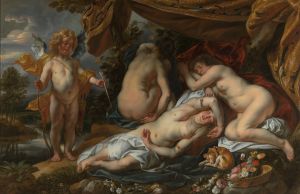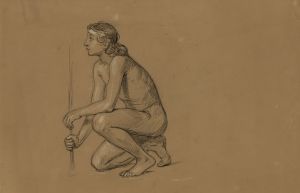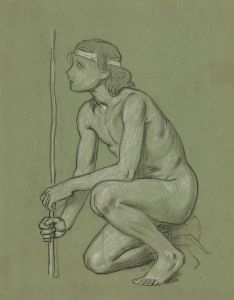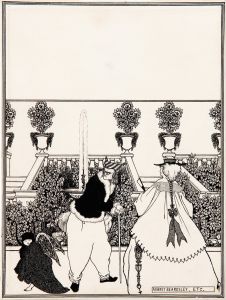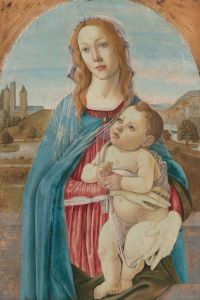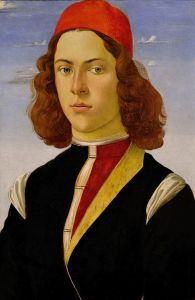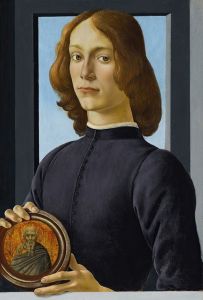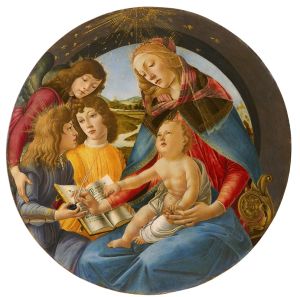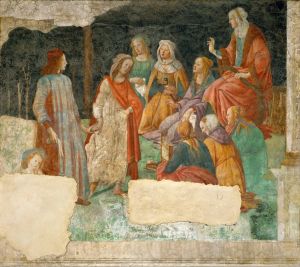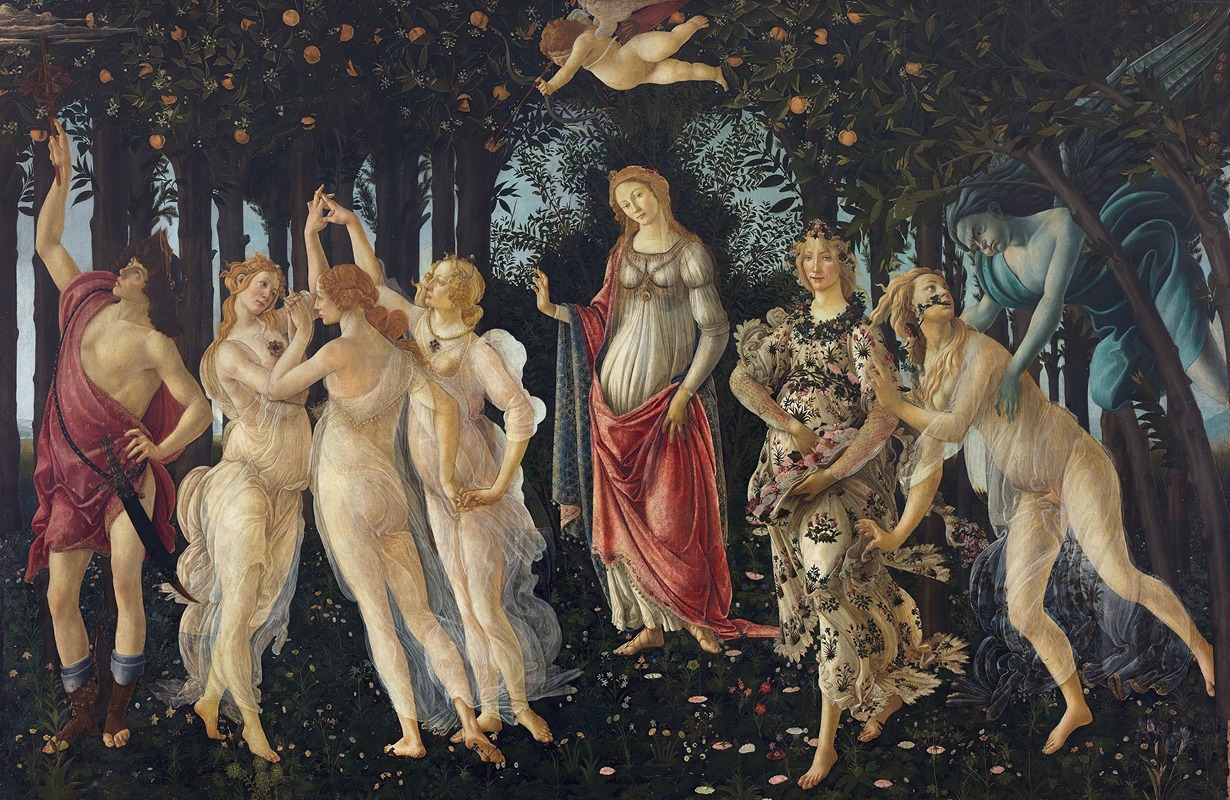
Spring
A hand-painted replica of Sandro Botticelli’s masterpiece Spring, meticulously crafted by professional artists to capture the true essence of the original. Each piece is created with museum-quality canvas and rare mineral pigments, carefully painted by experienced artists with delicate brushstrokes and rich, layered colors to perfectly recreate the texture of the original artwork. Unlike machine-printed reproductions, this hand-painted version brings the painting to life, infused with the artist’s emotions and skill in every stroke. Whether for personal collection or home decoration, it instantly elevates the artistic atmosphere of any space.
"Primavera," commonly known as "Spring," is a renowned painting by the Italian Renaissance artist Sandro Botticelli. Created around 1482, this masterpiece is housed in the Uffizi Gallery in Florence, Italy. It is celebrated for its intricate composition and the enigmatic nature of its subject matter, which has been the subject of extensive scholarly interpretation.
The painting is executed in tempera on panel and measures approximately 202 cm by 314 cm. "Primavera" is a prime example of Botticelli's mastery of line and form, showcasing his ability to blend classical mythology with the humanistic ideals of the Renaissance. The artwork is set in a lush, verdant garden, populated by a series of mythological figures.
At the center of the composition stands Venus, the Roman goddess of love, who is depicted in a serene and graceful manner. She is framed by an arch of foliage, suggesting her role as the central figure and the embodiment of spring. Above her, a blindfolded Cupid aims his arrow, symbolizing the unpredictable nature of love.
To the right of Venus, three Graces dance in a circle, their delicate, flowing garments emphasizing their elegance and harmony. These figures are often interpreted as representations of beauty, charm, and creativity. Further to the right, Mercury, the messenger god, is depicted with a caduceus, seemingly dispersing the clouds, which may symbolize the transition from winter to spring.
On the left side of the painting, the figure of Chloris, a nymph, is pursued by Zephyrus, the god of the west wind. According to myth, Zephyrus transforms Chloris into Flora, the goddess of flowers, who is depicted scattering blossoms across the ground. This transformation is a central theme of the painting, symbolizing the renewal and fertility of spring.
Botticelli's "Primavera" is notable for its use of allegory and symbolism, drawing on classical sources and contemporary Renaissance thought. The painting reflects the Medici family's interest in Neoplatonism, a philosophical system that sought to reconcile classical philosophy with Christian theology. It is believed that the work was commissioned by Lorenzo di Pierfrancesco de' Medici, a cousin of Lorenzo the Magnificent, as a wedding gift.
The precise meaning of "Primavera" has been the subject of much debate. Some interpretations suggest it represents the ideal of love and beauty, while others view it as an allegory of political peace and prosperity. Despite the various interpretations, the painting remains a testament to Botticelli's skill in creating complex, multi-layered compositions.
"Primavera" has had a lasting impact on art and culture, influencing countless artists and becoming an iconic representation of the Renaissance. Its enduring appeal lies in its combination of mythological narrative, exquisite detail, and the celebration of nature's beauty. As one of Botticelli's most famous works, it continues to captivate audiences and inspire scholarly discussion.





